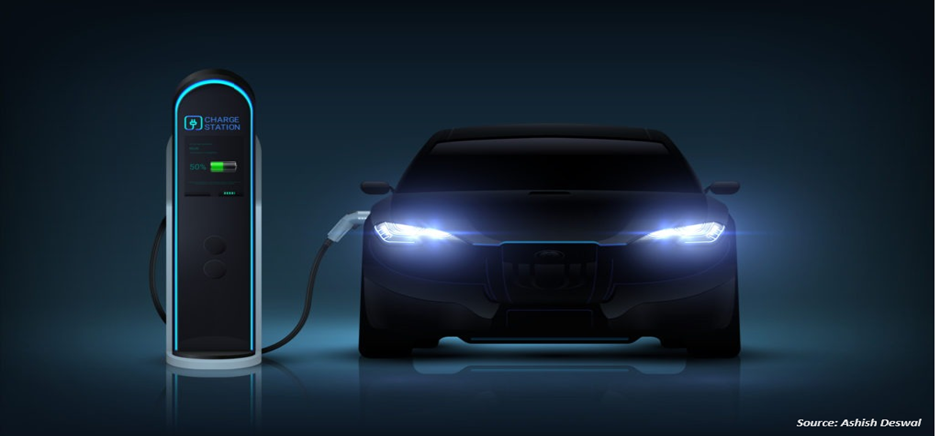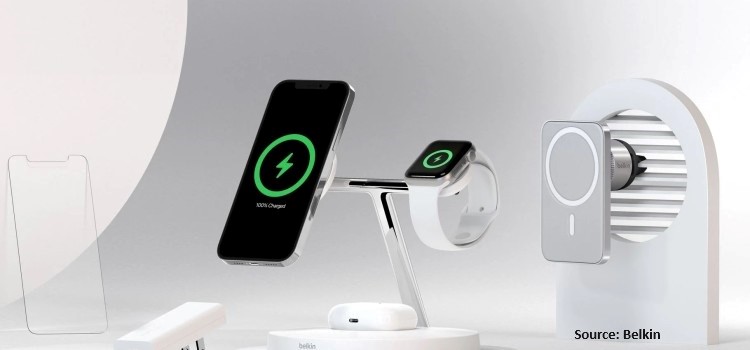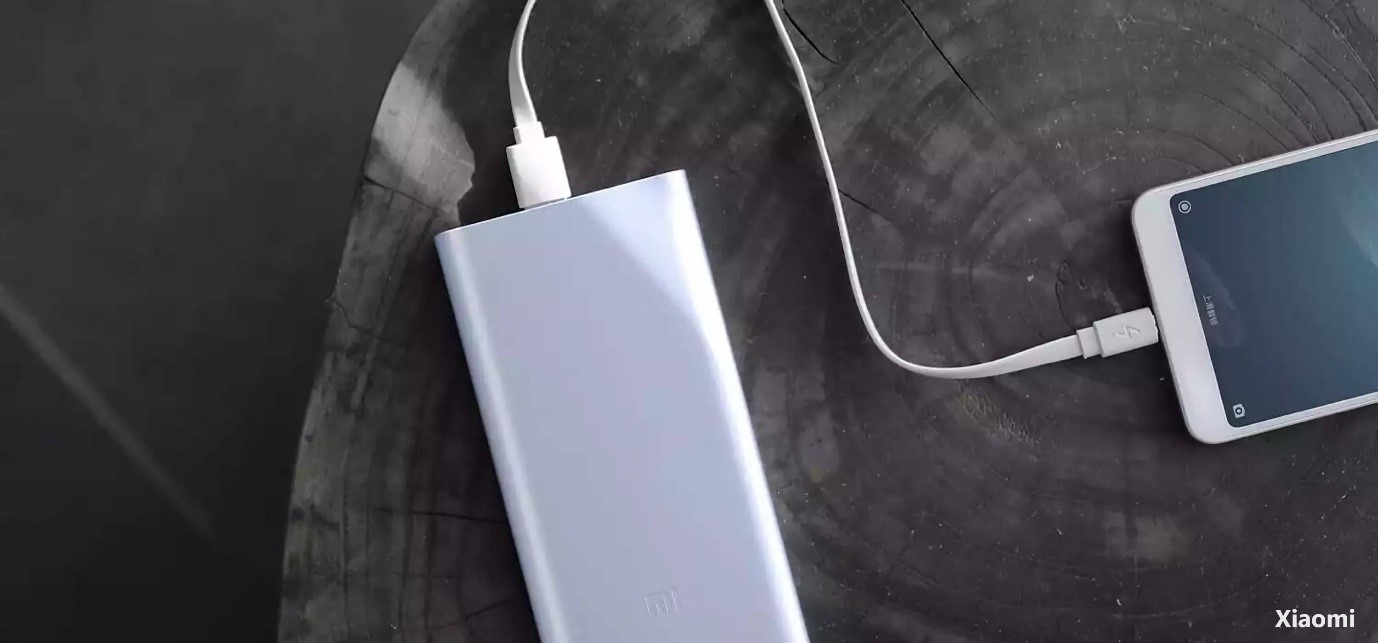
Singapore Battery Market by Type (Lead Acid, Lithium Ion, Nickel Metal Hydride, Nickel Cadmium, and Others), by Application (Residential, Industrial, and Commercial), and by Power Systems (Fuel Cell Batteries, Proton-Exchange Membrane Fuel Cells, Alkaline Fuel Cells, Phosphoric Acid Fuel Cells, Solid Oxide Fuel Cells, Molten Carbonate Fuel Cells, Air Cells, Flywheel Energy Storage, Nuclear Batteries) – Opportunity Analysis and Industry Forecast 2023-2030
Industry: Energy & Power | Publish Date: 16-Aug-2023 | No of Pages: 78 | No. of Tables: 55 | No. of Figures: 27 | Format: PDF | Report Code : N/A
Market Definition
Singapore Battery Market was valued at USD 365.3 million in 2022, and is predicted to reach USD 1336.1 million by 2030, with a CAGR of 17.6% from 2023 to 2030.
A battery operates as a mechanism that stores energy and later releases it by transforming chemical energy into electrical energy. Typically, batteries produce electricity by harnessing one or more electrochemical cells. Batteries can be categorized into two distinct types includes primary batteries and secondary batteries. Primary batteries, also known as non-rechargeable batteries, offer a straightforward and convenient energy supply for various portable electronic and electrical devices, including cameras, watches, toys, lights, radios, and more. In contrast, secondary batteries, often referred to as rechargeable batteries, possess the capability to be recharged electrically once they've been depleted. These energy storage solutions have evolved into indispensable sources of power in our daily routines.
The progress of cutting-edge technologies, encompassing smartphones, tablets, laptops, solar energy systems, and electric vehicles (EVs), has ushered in the era of robust batteries capable of prolonged endurance and providing essential energy requirements.
Fostering a Green Future: Singapore's Multi-Faceted Strategies Accelerate EV Adoption and Propel Battery Market Growth
The Singapore government is adopting several strategies for development of a green environment in the country by raising awareness about EVs and their benefits. To boost the adoption of EVs, the country adopted a three-pronged approach via tax incentives, regulations, and standards, as well as EV charger deployment. For instance, as per EV Early Adoption Incentive (EEAI) by Singapore, owners who register fully electric cars will receive a rebate of 45% of the Additional Registration Fee (ARF), capped at USD 20,000 until December 31, 2023. Moreover, the country plans to deploy 60,000 EV charging points across Singapore by 2030, comprising 40,000 in public car parks and 20,000 in private premises. Such factors are increasing the adoption of EVs in Singapore, which, in turn, is driving the battery market.
EMA's Proactive Measures and Clear Regulations Fuel Energy Storage System Adoption and Battery Market Growth
Energy Market Authority (EMA) of Singapore has been taking proactive steps to facilitate solar energy's deployment across Singapore. For instance, EMA has reviewed ESS policies and regulations and published new policies for Singapore Energy Storage Systems. This is intended to provide industry and consumers with clarity on the deployment of ESS in Singapore as well as the current regulatory framework. The paper also discusses potential applications for ESS in the country, such as assistance in the integration of higher levels of solar and managing solar intermittency. Batteries are integral to ESS, thus high adoption of energy storage systems is further driving the battery market in Singapore.
Concerns Regarding Battery Safety in Singapore
Improper battery management presents significant risks to both human health and the environment. An ongoing issue involves the incorrect disposal of used batteries, leading to their buildup in landfills. Over time, these batteries break down, releasing harmful substances that seep into the soil and adversely affect surface water and groundwater, disrupting aquatic ecosystems. Elements like mercury, cadmium, lithium, and lead found in these batteries exacerbate this ecological imbalance, underscoring the urgency for proper battery disposal practices. Consequently, these concerns are anticipated to impede the progression of the battery market.
Introduction of Nano-Diamond Batteries (NDB) in Multiple Industries
The growing adoption of Nuclear Diamond Batteries (NDBs) across various sectors including automotive, aerospace, and electronics is positioned to create fresh avenues in Singapore's battery market. NDBs represent a groundbreaking leap in energy generation and storage, fundamentally reshaping conventional battery concepts. These batteries showcase remarkable endurance by harnessing the energy derived from the radioactive decay of nuclear waste. The trajectory of Singapore's battery market is being shaped by the compelling attributes of NDBs, which encompass their compact form, adaptability, cost-efficiency, and scalability across a wide array of applications, ranging from compact chipsets to expansive industrial setups. Functioning as advanced diamond-based alpha, beta, and neutron voltaic batteries, NDBs offer a consistent source of clean energy for a diverse spectrum of applications, surpassing the performance of traditional chemical batteries.
Competitive Landscape
The Singapore battery industry includes several market players such as LG Chem Ltd., CATL, Samsung SDI Co. Ltd., BYD, SKI, ENVISION AESC GROUP LTD., Gotion High tech Co Ltd, Primearth EV Energy Co., Ltd., China Aviation Lithium Battery Co., Ltd., Panasonic Corporation.
Key Benifits
-
The Singapore battery market report provides a quantitative analysis of the current market and estimations through 2023-2030 that assists in identifying the prevailing market opportunities to capitalize on.
-
The study comprises a deep dive analysis of the market trend including the current and future trends for depicting the prevalent investment pockets in the market.
-
The information related to key drivers, restraints, and opportunities and their impact on the market is provided in the report.
-
The competitive analysis of the market players along with their market share in the Singapore battery market.
-
The SWOT analysis and Porter’s Five Forces model are elaborated in the study.
-
Value chain analysis in the market study provides a clear picture of the stakeholders’ roles.
Singapore Battery Market Key Segments
By Type
-
Lead Acid
-
Stationary
-
Motive
-
-
Lithium Ion
-
Lithium Nickel Manganese Cobalt (LI-NMC)
-
Lithium Iron Phosphate (LFP)
-
Lithium Cobalt Oxide (LCO)
-
Lithium Titanate Oxide (LTO)
-
Lithium Manganese Oxide (LMO)
-
Lithium Nickel Cobalt Aluminum Oxide (NCA)
-
-
Nickel Metal Hydride
-
Nickel Cadmium
-
Others
By Application
-
Residential
-
Industrial
-
Manufacturing & Construction
-
Automotive
-
Medical
-
Telecom & IT
-
Consumer Electronics
-
Power & Utility
-
Aerospace
-
Marine
-
Others
-
-
Commercial
By Power Systems
-
Fuel Cell batteries
-
Proton-Exchange Membrane Fuel Cells
-
Alkaline Fuel Cells
-
Phosphoric Acid Fuel Cells
-
Solid Oxide Fuel Cells
-
Molten Carbonate Fuel Cells
-
Air Cells
-
Flywheel Energy Storage
-
Nuclear Batteries
REPORT SCOPE AND SEGMENTATION:
|
Parameters |
Details |
|
Market Size in 2022 |
USD 365.3 million |
|
Revenue Forecast in 2030 |
USD 1336.1 million |
|
Growth Rate |
CAGR of 17.6% from 2023 to 2030 |
|
Analysis Period |
2022–2030 |
|
Base Year Considered |
2022 |
|
Forecast Period |
2023–2030 |
|
Market Size Estimation |
Million (USD) |
|
Growth Factors |
The growing government incentives The adoption of hybrid vehicles |
|
Companies Profiled |
10 |
|
Market Share |
Available for 10 companies |
|
Customization Scope |
Free customization (equivalent up to 80 working hours of analysts) after purchase. Addition or alteration to country, regional, and segment scope. |
|
Pricing and Purchase Options |
Avail customized purchase options to meet your exact research needs. |
Key Players
-
LG Chem Ltd.
-
CATL
-
Samsung SDI Co. Ltd.
-
BYD
-
SKI
-
ENVISION AESC GROUP LTD.
-
Gotion High tech Co Ltd
-
Primearth EV Energy Co., Ltd.
-
China Aviation Lithium Battery Co., Ltd.
-
Panasonic Corporation




 Speak to Our Analyst
Speak to Our Analyst

































